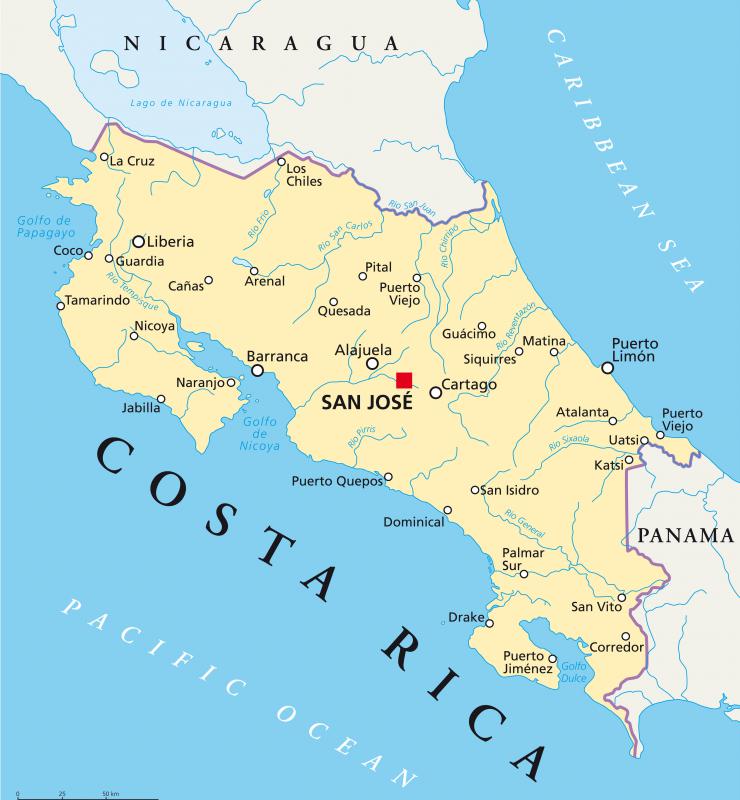At WiseGEEK, we're committed to delivering accurate, trustworthy information. Our expert-authored content is rigorously fact-checked and sourced from credible authorities. Discover how we uphold the highest standards in providing you with reliable knowledge.
What is Clerodendrum?
Clerodendrum is a genus of flowering plants in the mint family Lamiaceae or the verbena family Verbenaceae, with an estimated 150 to 450 species. Commonly called bagflower, bleeding-heart, or glorybower, Clerodendrum species are native to warm temperate and tropical regions, with most species native to southern Asia and tropical Africa. They are often grown as ornamental plants, particularly C. trichotomum, a shrub native to China and Japan.
The flowers of a Clerodendrum plant may be pink, purple, white, red, yellow, or brown, depending upon the species. Many species feature bi-colored flowers, with the inner petals, or corolla, one color, and the outer sepals, or calyx, a different color. The flowers mature into small drupes, berry-like fruits with a central pit. Most are inedible to humans, but are eaten by bird pollinators.

Clerodendrum thomsoniae is a vine native to west Africa. It features attractive flowers with red petals and white to purple sepals, and is a popular ornamental plant in tropical regions. Commonly called bleeding glory-bower or beauty bush, C. thomsoniae requires abundant light, and its roots must be partially submerged in water. It has become naturalized beyond its native range. C. thomsoniae is no longer cultivated as much as it once was, because of its unusual growing requirements.

Clerodendrum tomentosum, commonly called downy chance, hairy clerodendrum, or hairy lolly bush, is a tree native to rain forests of northern and eastern Australia. It is often grown ornamentally in Australian gardens, and has the added benefit of attracting birds and butterflies. Its fragrant red flowers bloom in October through January, maturing into shiny black or dark blue fruits. The light green, downy leaves are mottled with lavender. C. tomentosum reaches heights of 49 feet (15 meters), and can be cultivated from seed or cuttings.
One of the hardiest plants in the genus is Clerodendrum trichotomum, which can be grown in varied environments. It is a large shrub, growing to about 10 feet (3 meters), and features flowers with white petals enclosed within brown sepals. The aromatic flowers mature into bright blue, ornamental fruits. The fall foliage of the plant is also valued.
C. multiflorum, a shrub native to India, is used in Ayurvedic medicine, as a soil binder, and as feed for camels. C. paniculatum, or pagoda flower, grows in Costa Rica and features tiny red and white flowers. C. floribundum is an Australian tree with shiny red flowers.
AS FEATURED ON:
AS FEATURED ON:












Discuss this Article
Post your comments